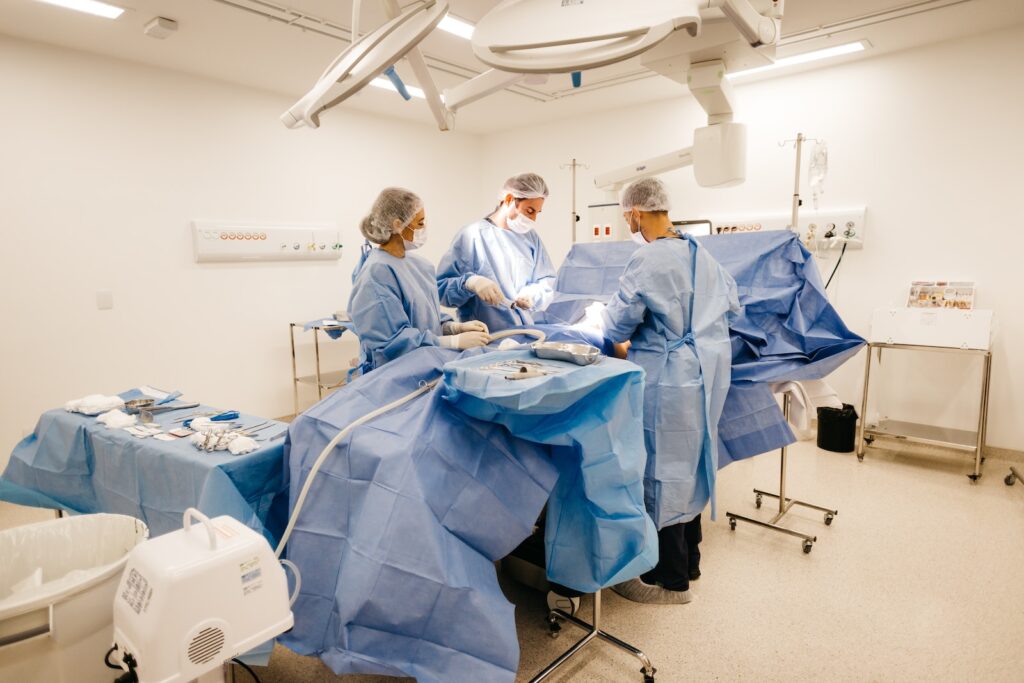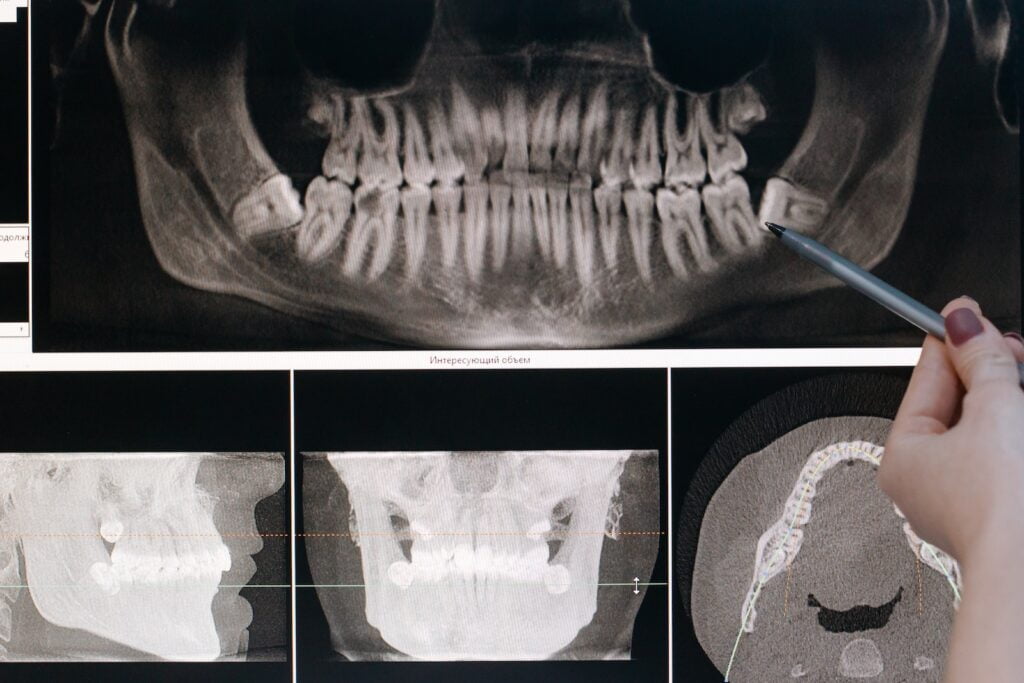
Welcome to our comprehensive guide on chin implants, a popular cosmetic procedure that can enhance facial harmony and redefine your profile. Whether you’re looking to balance your facial features, improve your jawline, or achieve a more defined chin, this article will provide you with all the information you need to make an informed decision.
Understanding Chin Implants
What Are Chin Implants?
Chin implants, also known as chin augmentation or mentoplasty, are surgical procedures designed to reshape and enhance the chin area. The procedure involves placing an implant in the chin region to improve its projection, symmetry, and overall contour. This can help balance the facial features and create a more proportionate appearance.
Who Can Benefit from Chin Implants?
Chin implants can benefit individuals who have a weak or receding chin, a poorly defined jawline, or a disproportionate facial structure. This procedure can bring balance and harmony to the face, improving the overall aesthetics and boosting self-confidence.
The Chin Implant Procedure
Consultation and Planning
Before undergoing a chin implant procedure, it is crucial to schedule a consultation with a qualified plastic surgeon. During this consultation, the surgeon will assess your facial structure, discuss your goals and expectations, and determine the most suitable implant size and shape for you. This personalized approach ensures that the final result will complement your unique facial features.

Anesthesia and Incision Placement
The chin implant procedure is typically performed under local anesthesia with sedation or general anesthesia. Once you are comfortably numb, the surgeon will make an incision either inside the mouth (intraoral) or under the chin (submental). The choice of incision placement depends on various factors, including your anatomy and the surgeon’s preference.

Implant Placement and Contouring
After creating the incision, the surgeon will carefully create a pocket in the chin area to accommodate the implant. The implant is then inserted and secured in place. The surgeon will meticulously contour the implant to achieve the desired shape and projection, ensuring a natural-looking result.
Incision Closure and Recovery
Once the implant is properly positioned, the incision is closed with sutures. If the incision was made inside the mouth, dissolvable sutures are often used. However, if the incision was made under the chin, the sutures may need to be removed after a week. Following the procedure, you will be provided with detailed aftercare instructions to promote optimal healing and minimize discomfort.
Benefits and Risks
Benefits of Chin Implants
- Enhanced facial harmony and balance
- Improved jawline definition
- Increased self-confidence and self-esteem
- Long-lasting results
- Minimal scarring
Risks and Considerations
While chin implant surgery is generally safe, it’s important to be aware of potential risks and complications. These may include:
- Infection
- Bleeding
- Numbness or altered sensation
- Implant displacement
- Unsatisfactory aesthetic outcome
Recovery and Aftercare
What to Expect During Recovery
After the chin implant procedure, it is normal to experience some swelling, bruising, and discomfort. Your surgeon may prescribe pain medications and recommend cold compresses to help manage these symptoms. It’s essential to follow your surgeon’s instructions regarding post-operative care, including dietary restrictions, oral hygiene practices, and activity limitations.
Expected Results and Longevity
While individual results may vary, most patients begin to notice improvements in their chin contour and overall facial appearance as the swelling subsides. It’s important to note that the final results may take several months to fully manifest. With proper care and maintenance, chin implants can provide long-lasting results, allowing you to enjoy the benefits for years to come.
Frequently Asked Questions (FAQs)
1. Can I combine a chin implant with other cosmetic procedures?
Yes, chin implants can be combined with other cosmetic procedures such as rhinoplasty (nose reshaping) or facelift surgery to achieve comprehensive facial rejuvenation. Your plastic surgeon can discuss the suitability of combining procedures based on your individual needs and goals.
2. How long does the chin implant procedure take?
The duration of the procedure depends on various factors, including the complexity of the case and whether any additional procedures are being performed. On average, the surgery can take anywhere from one to two hours.
3. Will the implant feel natural?
Chin implants are designed to feel like a natural part of your chin once fully healed. The implant material is carefully chosen to mimic the natural texture and density of the chin bone, ensuring a realistic look and feel.
4. Are there any age restrictions for chin implant surgery?
Chin implants can be performed on adults of any age, as long as they are in good overall health and have realistic expectations. It’s important to consult with a qualified plastic surgeon to determine if you are a suitable candidate for the procedure.
5. Are chin implants reversible?
While chin implants are intended to provide long-term results, they can be removed or replaced if desired. However, it’s essential to carefully consider your decision, as removal may lead to the loss of the aesthetic benefits achieved through the initial procedure.
Conclusion
Chin implants offer a safe and effective way to enhance your facial harmony and achieve a more balanced profile. By carefully selecting the appropriate implant size and shape, a skilled plastic surgeon can help you achieve natural-looking results that complement your unique facial features. If you’re considering chin augmentation, we recommend scheduling a consultation with a qualified plastic surgeon to explore your options and embark on a transformative journey towards a more confident you.
Visit the Dr.MFO Instagram profile for examples of successful chin implant

